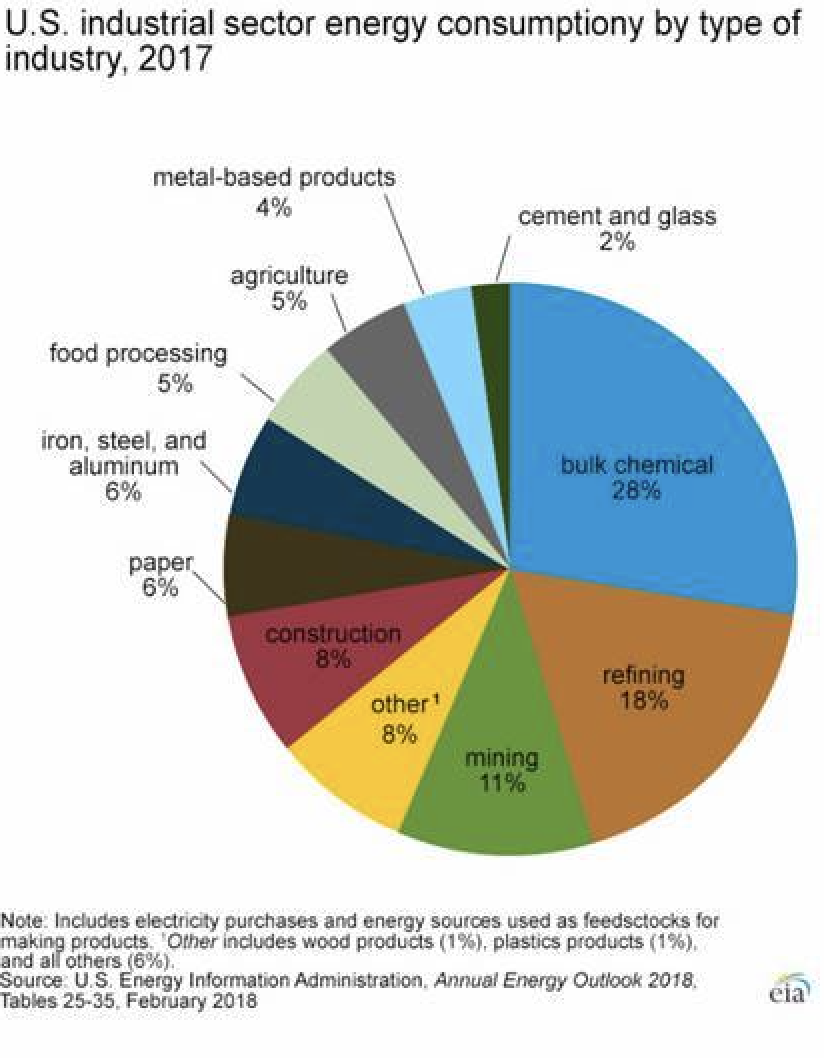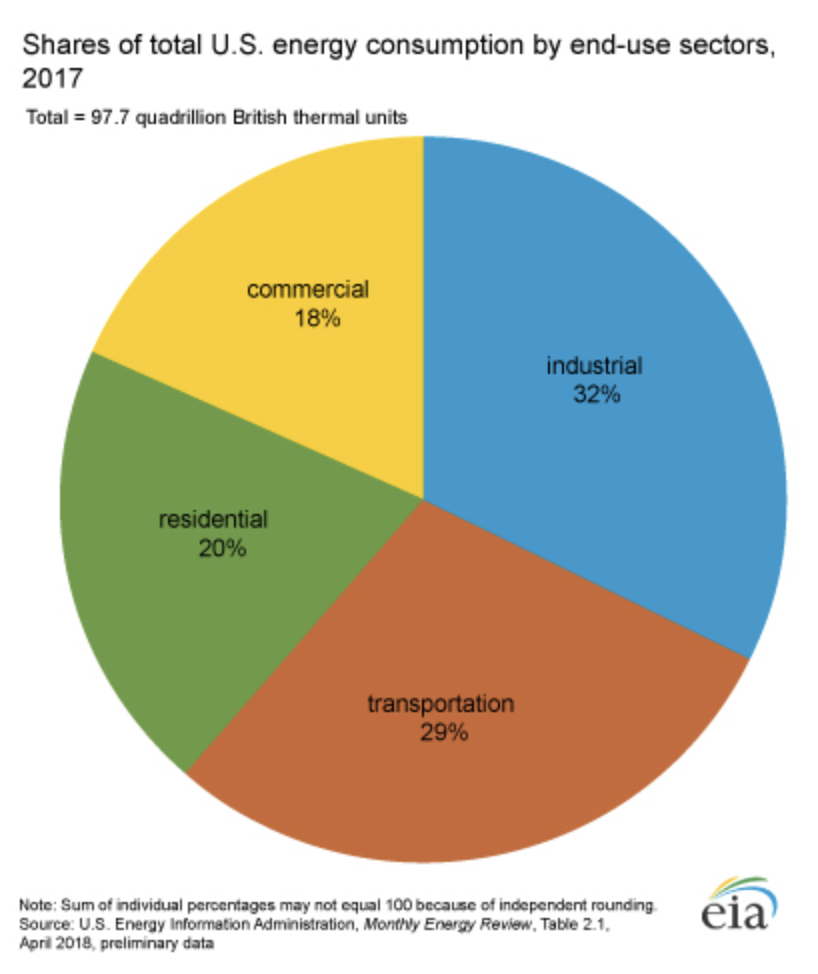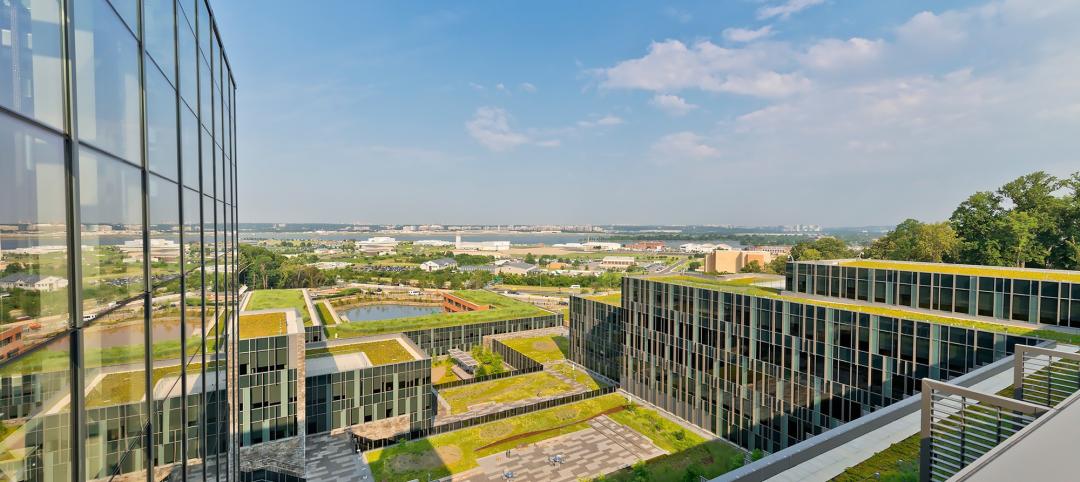Today is Earth Day, and this morning, Turner Construction made public an ambitious program that could burnish its standing as a green builder.
This three-pronged initiative starts with Turner reaffirming its commitment, made in 2004, to “build green.” Over the past 15 years, Turner has worked on more than $60 billion of green building projects. The company has 1,500 LEED-accredited employees. It now diverts, on average, 75% of jobsite waste from landfills. And three years ago, it formed a National Sustainability Committee, currently comprised of 16 people who look for innovative strategies to apply to the company’s various projects.
Turner is taking this commitment to another level today, as it will monitor the activities on certain jobsites to see where water and energy consumption can be lowered. It has selected 30 projects, across different building typologies, to participate in a pilot program that, over the next 18 months, will meter those projects on all forms of C02 emissions and water use, including onsite fuel use.
The company will compile these data through the end of 2020, it which point it hopes to have a normalized average for emissions and water use per building. Using those averages, Turner will then devise a strategy to reduce water and energy use by 50% on all of its projects by 2030. (To see images of a project being metered—the Natural Resources Agency headquarters for the California Department of General Services, in Sacramento, Calif.—go to https://app.oxblue.com/open/Turner/NNRHPROJECT)

Construction activities account for 8% of industrial sector's energy use. Turner is monitoring select jobsites to determine how they can reduce water and energy use. Image: U.S. Energy Information Administration
The company also has about 40 sustainability managers who provide technical support and guidance to its regional offices. They are “our green ambassadors,” and “eyes and ears on the ground,” says Julia Gisewite, whom Turner promoted to Director of Sustainability last September. Gisewite is spearheading the company’s initiative with Tom Gerlach, an Executive Vice President who has been with Turner Construction since 1977; and Peter Davoren, the company’s President and CEO.
The third pillar of Turner’s initiative focuses on resilience. Turner is responding to the threats from natural disasters such as flooding and fires that “are getting bigger and bigger,” and “are becoming more intense,” says Christopher McFadden, a company spokesman. He explains that Turner is now looking closer at the welfare and safety of its workers under those conditions, as well as “the range of resilience for the built environment,” with the goal being to develop ways that it can strengthen buildings’ resistance.

The built environment continues to be a massive energy user. Image: U.S. Energy Information Administration
“We want to be a voice at the table, and a stronger, better partner,” especially during preconstruction discussions with owners, developers, and AEC partners. Gisewite adds that Turner has started to insinuate resilience and resource awareness into its orientation of workers and subcontractors.
Getting back to its construction activities, Turner already has some baseline data: its annual Turner Green Zone survey, which it has conducted for the last seven years, and which guides how the company sets up its offices. That survey “has given us the confidence to move forward” with its initiative, says McFadden.
Gisewite says that some of the activities monitored will be “low-hanging fruit,” like turning off lights and equipment in jobsite trailers every night. She adds, too, that Turner is now committed to installing LEDs for those sites’ temporary lighting.
“We’re looking at what we can control,” says McFadden.
Gisewite envisions holding meetings with subcontractors and suppliers about jobsite efficiency. Nothing’s been scheduled yet, but she expects these meetings will most likely happen regionally, and some could also be project-by-project.
The Turner execs agree that technology will play a role in the company’s program. “The conversation around carbon has elevated so quickly,” she says, “and I’m most excited about the technology” that might provide answers. McFadden adds that Turner recently completed its 5th annual Innovation Summit, and that its jobsites are already using augmented and virtual reality tools to help reduce waste by using fewer materials.
He recalls that in the early 1900s, Turner Construction made a name for itself by building with steel-reinforced concrete as an alternative to lumber at a time when wood-made factories were burning down. Today, that same mentality of taking the lead is what’s driving Turner’s environmental stewardship as well as efforts to make buildings better able to withstand the ravages of nature.
“We’re asking ‘what can we be doing?’ because we should be doing more,” McFadden says.
Related Stories
Sustainability | Apr 10, 2023
4 ways designers can help chief heat officers reduce climate change risks
Eric Corey Freed, Director of Sustainability, CannonDesign, shares how established designers and recently-emerged chief heat officers (CHO) can collaborate on solutions for alleviating climate change risks.
Cladding and Facade Systems | Apr 5, 2023
Façade innovation: University of Stuttgart tests a ‘saturated building skin’ for lessening heat islands
HydroSKIN is a façade made with textiles that stores rainwater and uses it later to cool hot building exteriors. The façade innovation consists of an external, multilayered 3D textile that acts as a water collector and evaporator.
Resiliency | Apr 4, 2023
New bill would limit housing sprawl in fire- and flood-prone areas of California
A new bill in the California Assembly would limit housing sprawl in fire- and flood-prone areas across the state. For the last several decades, new housing has spread to more remote areas of the Golden State.
Sponsored | Cladding and Facade Systems | Mar 15, 2023
Metal cladding trends and innovations
Metal cladding is on a growth trajectory globally. This is reflected in rising demand for rainscreen cladding and architectural metal coatings. This course covers the latest trends and innovations in the metal cladding market.
Student Housing | Mar 13, 2023
University of Oklahoma, Missouri S&T add storm-safe spaces in student housing buildings for tornado protection
More universities are incorporating reinforced rooms in student housing designs to provide an extra layer of protection for students. Storm shelters have been included in recent KWK Architects-designed university projects in the Great Plains where there is a high incidence of tornadoes. Projects include Headington and Dunham Residential Colleges at the University of Oklahoma and the University Commons residential complex at Missouri S&T.
Seismic Design | Feb 27, 2023
Turkey earthquakes provide lessons for California
Two recent deadly earthquakes in Turkey and Syria offer lessons regarding construction practices and codes for California. Lax building standards were blamed for much of the devastation, including well over 35,000 dead and countless building collapses.
Sustainability | Feb 9, 2023
New guide for planning, designing, and operating onsite water reuse systems
The Pacific Institute, a global nonpartisan water think tank, has released guidance for developers to plan, design, and operate onsite water reuse systems. The Guide for Developing Onsite Water Systems to Support Regional Water Resilience advances circular, localized approaches to managing water that reduce a site’s water footprint, improve its resilience to water shortage or other disruptions, and provide benefits for local communities and regional water systems.
Concrete | Jan 24, 2023
Researchers investigate ancient Roman concrete to make durable, lower carbon mortar
Researchers have turned to an ancient Roman concrete recipe to develop more durable concrete that lasts for centuries and can potentially reduce the carbon impact of the built environment.
Sustainability | Jan 23, 2023
How regenerative design is driving AEC industry innovation
HOK's Sean Quinn and Microsoft's JoAnn Garbin discuss the next step of sustainability: regenerative design.
Multifamily Housing | Jan 19, 2023
Editorial call for Multifamily Affordable Housing project case studies - no cost to submit!
Building Design+Construction will feature a roundup of "Multifamily Affordable Housing" projects on BDCnetwork.com.

















